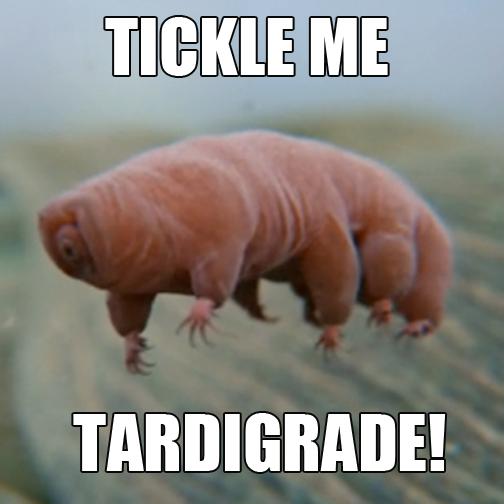Tardigrades
They were first discovered in 1773 by a German pastor, who named it the kleiner wasserbar, meaning "little water bear." They were later given the name tardigrada meaning "slow stepping." There have been over 1,150 tardigrade species identified since 1778.
Tardigrades have four pairs of short, squat legs that don't have much going on. The largest species reach 1.2 -3 meters, and the smallest are around 3 -4 meters. They have a head, three body segments with one pair of legs each, and one more segment with the fourth pair of legs. The legs have no joints, but the feet have about 6 or 7 claws each. There are no respiratory organs, but there may tubular glands having to do with the rectum, no one knows for sure. 
Though tardigrades aren't classified as extremophile, they can survive in extreme environments. They can survive temperatures from just above absolute zero to above the boiling point of water. They can live in pressures more intense than the deepest ocean trenches, and even the vacuum of space. They can live for over 10 years with no food or water, drying out till they are under 3% water.



















